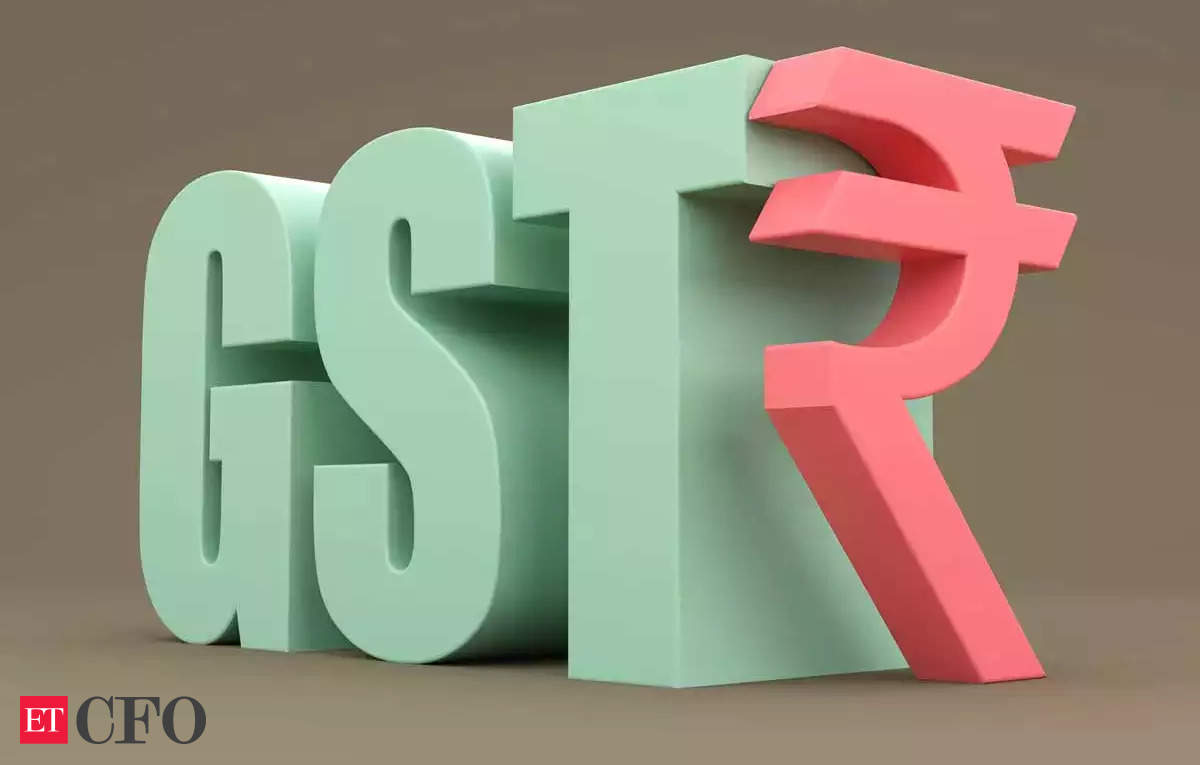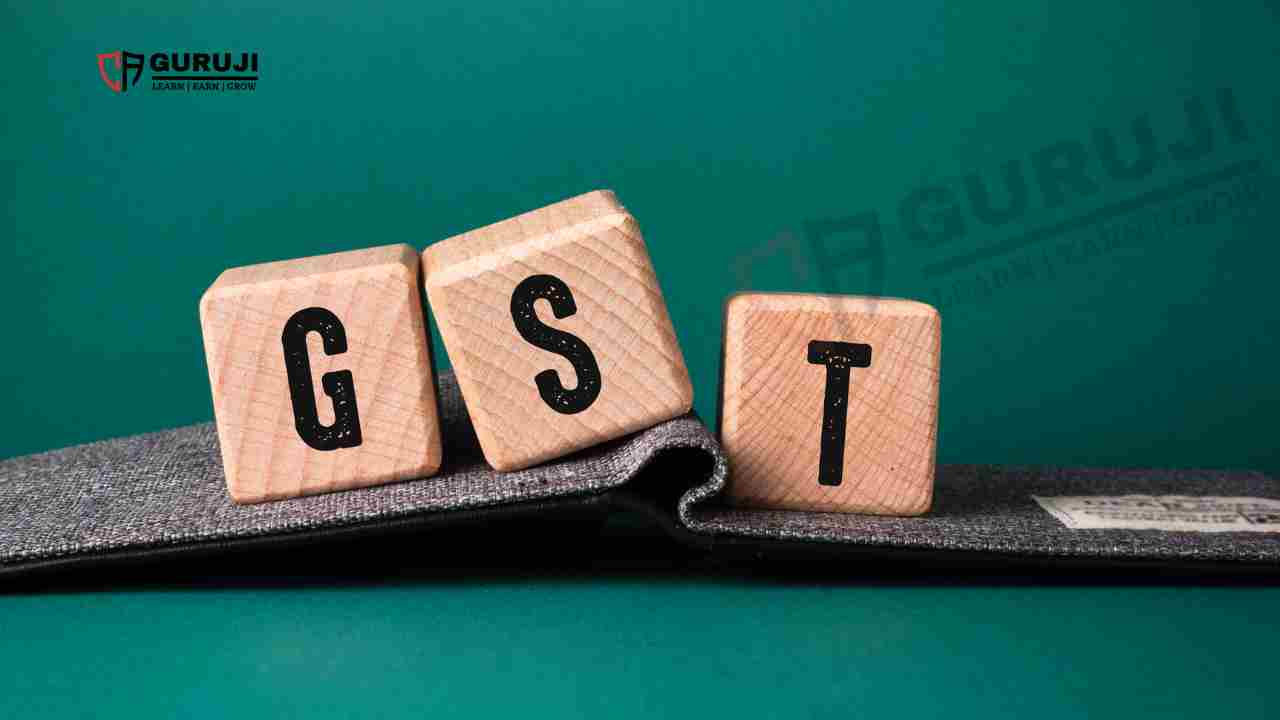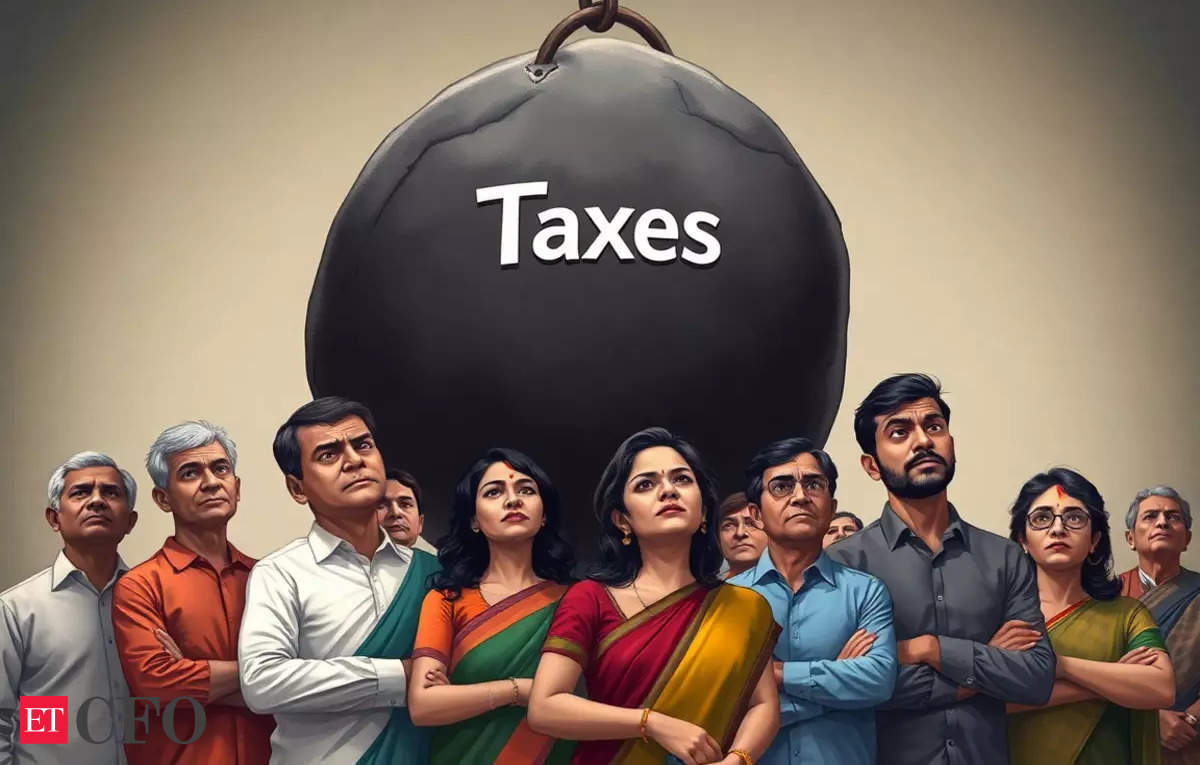Even with increased awareness about tax planning, many people procrastinate until March 31 to make tax-saving investments. This can lead to rushed decisions and missed opportunities. Here is a detailed guide with examples to avoid last-minute tax-saving
Don’ts
Wait until March 31 to invest: You wait until March 31st to invest in an ELSS mutual fund to save tax under Section 80C. The website crashes due to heavy traffic, and you cannot complete your transaction until April 1st. This investment will not qualify for a tax deduction in FY 2023-24.
Ignore Existing 80C Investments: Before making new investments, consider how much of your Rs 1.5 lakh limit under Section 80C has already been used. Your employer would have factored in your Employee Provident Fund (EPF) contribution while calculating your tax liability. Additionally, tuition fees, life insurance premiums, and Public Provident Fund (PPF) contributions qualify for deduction under Section 80C.
Example: You earn Rs 10 lakh annually and have an existing EPF contribution of Rs 1 lakh for the financial year. You also pay Rs 20,000 annually for your child’s tuition fees. In this scenario, only Rs 30,000 (Rs 1.5 lakh – Rs 1 lakh – Rs 20,000) remains from your 80C limit for further tax-saving investments.
Focus only on tax deduction, not suitability: Don’t be lured into buying life insurance policies you do not need just to meet your tax-saving target. These policies often have long lock-in periods and may not align with your financial goals. Additionally, consider the lock-in period of different 80C investment options before choosing.
Underinsure for Health: While health insurance premiums qualify for tax deduction under Section 80D, prioritize buying adequate health coverage for yourself and your family.
Example: You can claim a tax deduction for a health insurance premium of Rs 25,000 for yourself and another Rs 25,000 for your parents (up to Rs 50,000 for senior citizens) under Section 80D. However, if this coverage is insufficient to cover your potential medical expenses, you may end up paying a significant amount out of pocket despite the tax benefit.
Do’s:
Act Before March 31st: Don’t wait until the last day to invest. Start planning your tax-saving strategy early in the financial year to avoid the stress of last-minute decisions.
Review Your 80C Utilization: Before making fresh investments, calculate how much of your Rs 1.5 lakh 80C limit has already been used by considering your EPF contribution, tuition fees paid, life insurance premiums, and PPF contributions.
Choose Suitable 80C Options: Consider your financial goals, risk tolerance, and investment horizon before selecting tax-saving instruments. ELSS mutual funds offer shorter lock-in periods (3 years) but are market-linked (higher risk). PPF and NPS come with longer lock-in periods (15 and 60 years respectively) but offer guaranteed returns.
Review your income: Gather all your income documents – salary slips, interest certificates, freelancing income proofs – to get a clear picture of your total taxable income. This will help you identify areas where you can optimize your deductions.
Think beyond Section 80C: Explore other deduction avenues! Repaying your home loan principal allows you to claim deductions under Section 24(b). Donations made to certain charitable trusts can be claimed under Section 80G. Remember to keep all receipts as proof for claiming deductions.
Review your tax bracket: Knowing your tax bracket helps you understand how much tax you’ll pay. Utilize online tax calculators or consult a financial advisor to determine your bracket and plan your deductions accordingly.
File electronically: E-filing is not just faster but also comes with additional benefits like quicker processing and reduced chances of errors.
Visit www.cagurujiclasses.com for practical courses











